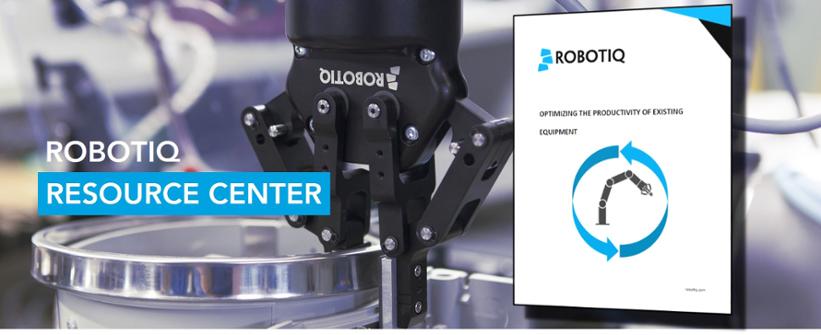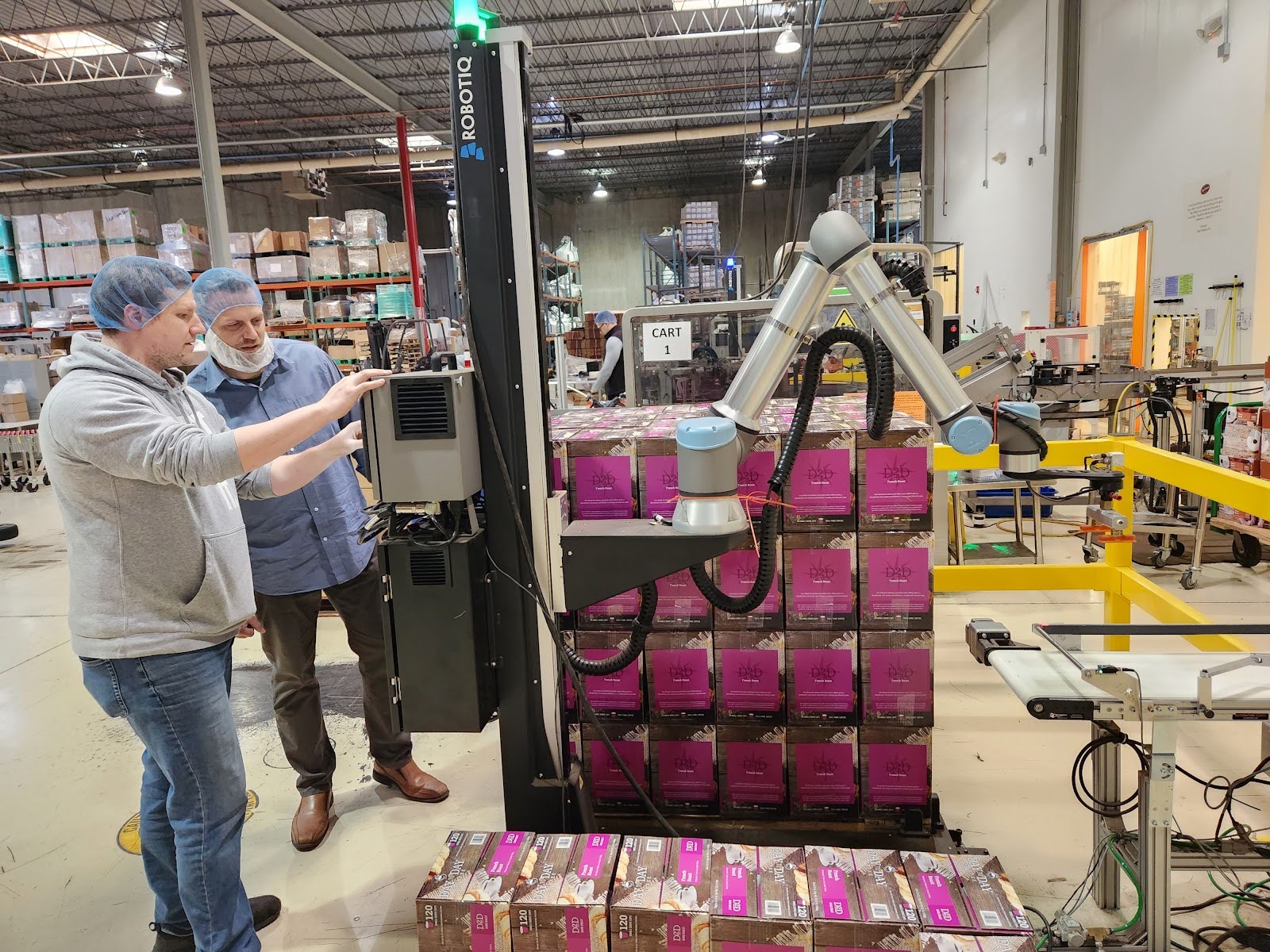Increasing Productivity in Manufacturing: Optimizing Energy Consumption

Posted on Sep 29, 2016 7:00 AM. 1 min read time
 Another factor that you probably want to look at to improve your productivity is your energy consumption. Of course, some manufacturing processes are more energy dependent than others, but all of them require energy of some sort.
Another factor that you probably want to look at to improve your productivity is your energy consumption. Of course, some manufacturing processes are more energy dependent than others, but all of them require energy of some sort.
Reducing energy consumption will reduce operating costs, but it can go beyond this. Many companies invest a lot of money in saving energy, because it not only allows them to reduce costs, but they can also use this in their marketing to identify themselves as a ‘Green Enterprise’. So improving your return on investment can also mean touting your reduced energy consumption as a part of your company's marketing strategy. So, you could also try and convince management and marketing that realizing these projects is a great win-win scenario!
When looking at projects to reduce energy consumption, you need to get creative. There are the obvious electrical savings, compressed air savings and so on. There are also the less obvious.
For example, consider a robot autonomously feeding a CNC during unattended hours. You can turn the lights off and you can change ambient temperature to reduce demand on cooling or heating systems. This will have some impact on your return on investment for the robot so make sure you include this in your calculation.
Compressed air is an energy source that is commonly used in many manufacturing industries for historical reasons. However, it is a high maintenance energy source, since leaks on a pneumatic line are common and costly. With electrical technologies becoming more common and less expensive, this is something you need to consider when evaluating new automation projects for your plant.
If you can’t avoid using compressed air in your production, you may want to look at using a separate compressor or some sort of reservoir so that you don’t have the shop’s main compressor running all night. This would reduce wear and tear on your overall system and avoid unnecessary leaks, while still reducing the cost of your energy consumption.
Read more about optimizing productivity in our eBook: Optimizing the Productivity of Existing Equipment.







Leave a comment